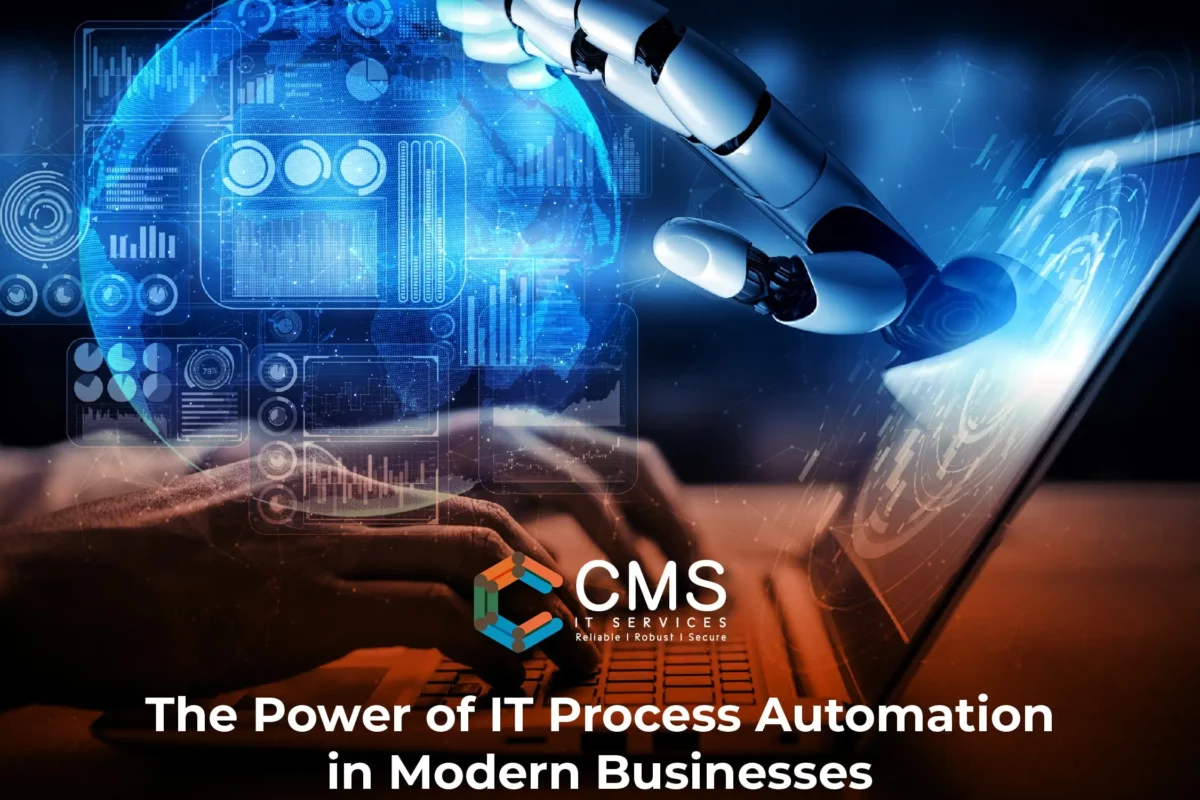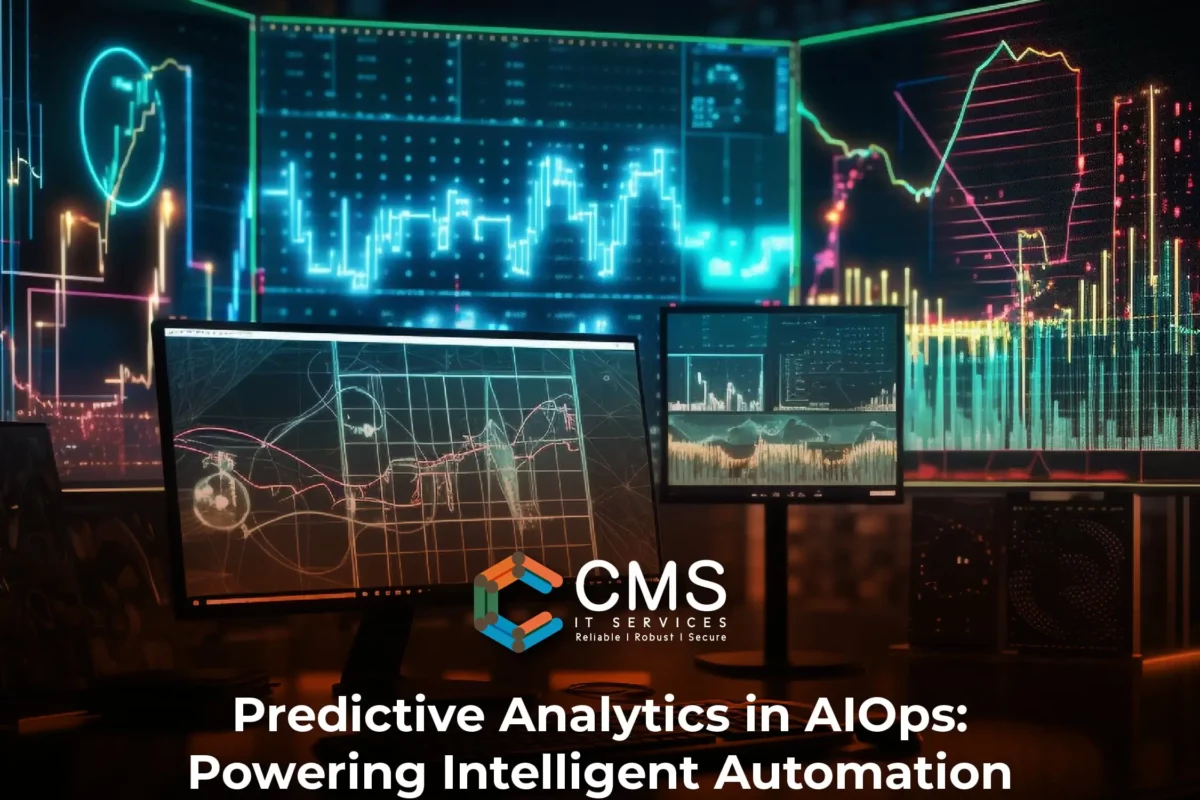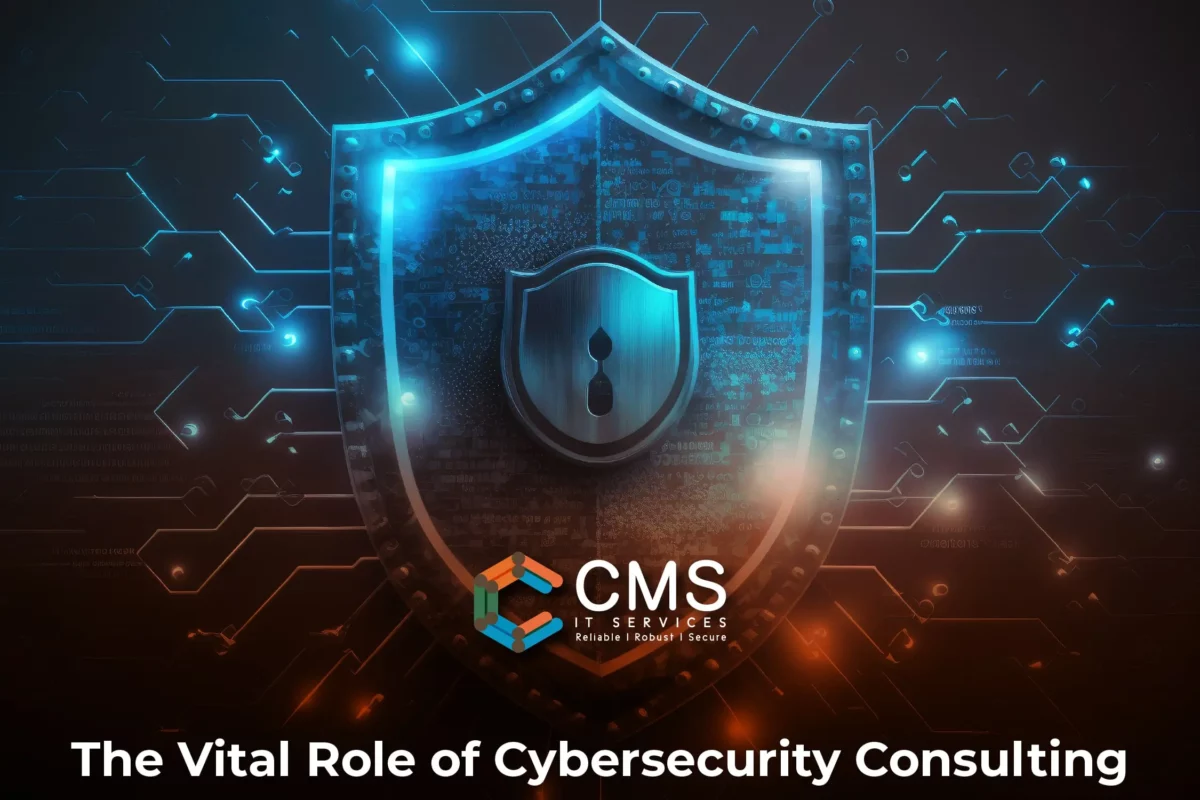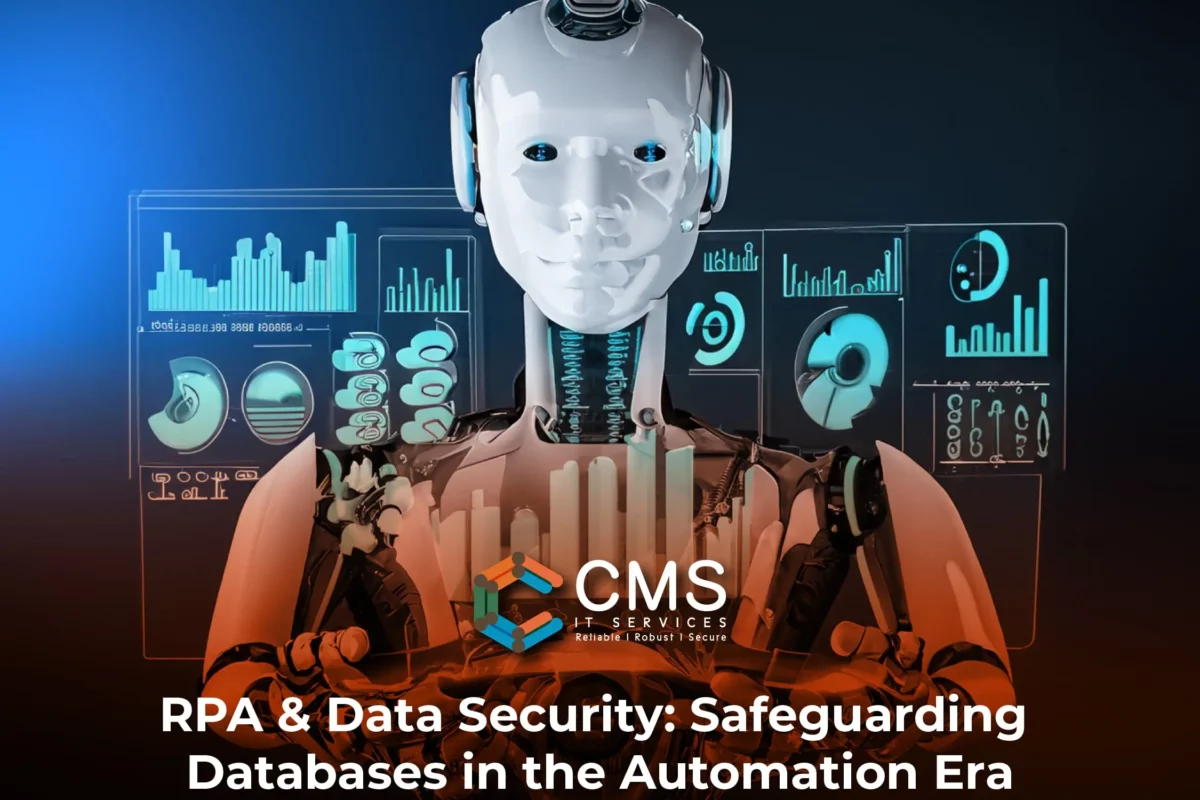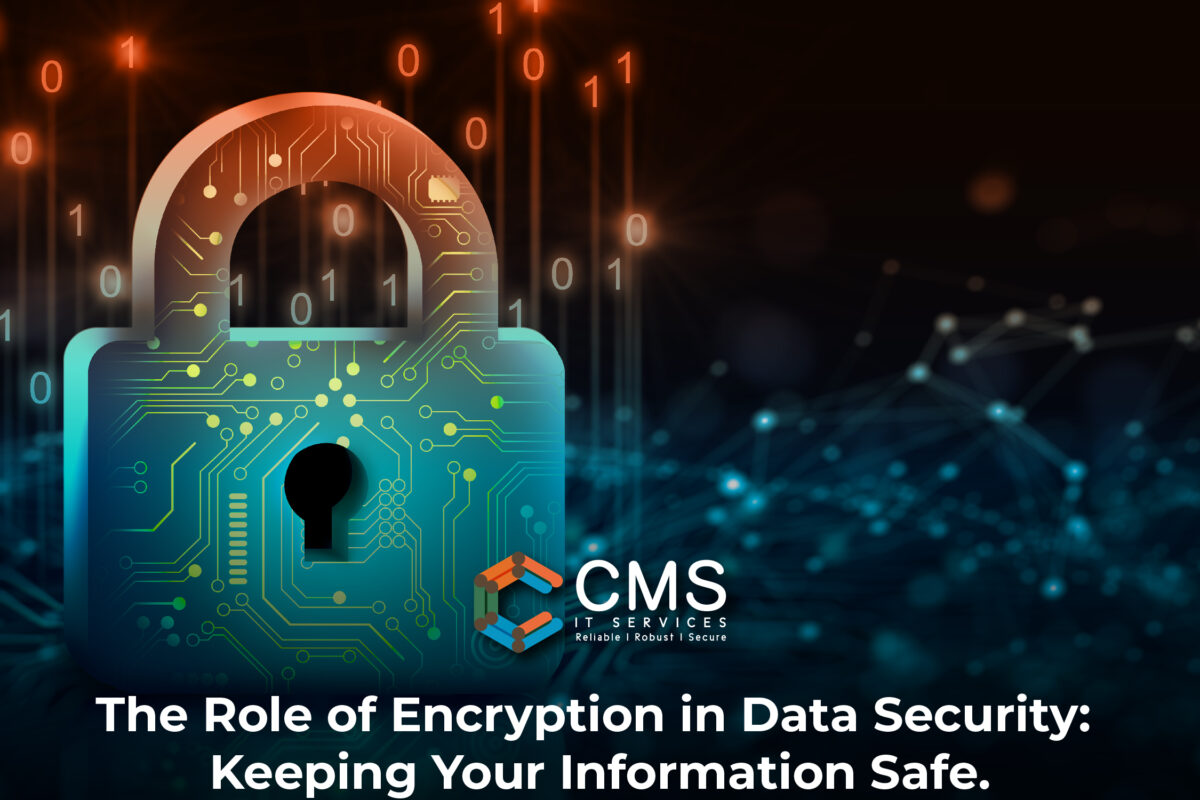In the fast-paced realm of modern business, staying ahead requires an efficient and agile approach to operations. This is where the power of IT Process Automation comes into play. As organizations embrace the complexities of Hybrid IT Operations and seek streamlined processes, IT Process Automation proves to be the driving force. In this article, we explore how businesses are harnessing IT Process Automation to optimize efficiency and drive growth.
Understanding IT Process Automation
IT Process Automation is a revolutionary approach that involves using technology to automate and optimize routine tasks and workflows. By minimizing manual intervention, businesses can achieve greater accuracy, speed, and consistency in their operations.
Navigating Hybrid IT Operations
The Hybrid IT Operations model combines on-premises and cloud-based solutions, offering flexibility and scalability. However, managing this hybrid environment can be challenging. IT Process Automation bridges the gap by orchestrating tasks seamlessly across both domains, ensuring consistent performance and minimal disruptions.
Advantages of IT Process Automation:
- Enhanced Efficiency: Manual tasks are prone to errors and can be time-consuming. Automation streamlines operations, allowing teams to focus on strategic activities.
- Agility: Automated processes are quicker, enabling businesses to respond rapidly to changing market demands and customer needs.
- Resource Optimization: IT Process Automation allocates resources efficiently, reducing wastage and saving costs.
- Compliance and Consistency: Automation ensures that tasks are executed following predefined rules, enhancing compliance and maintaining consistency.
Driving Business Automation
Beyond IT operations, IT Process Automation extends its benefits to various business departments. From customer service to HR, automation allows teams to allocate resources to tasks that truly matter, resulting in increased productivity and innovation.
Conclusion
In the ever-evolving landscape of modern businesses, IT Process Automation is a game-changer. By automating routine tasks, navigating Hybrid IT Operations, and fostering business-wide automation, organizations can unlock efficiency and pave the way for sustainable growth.
Ready to Revolutionize Your Operations? Contact CMS IT Services Today! Explore how CMS IT Services can propel your business forward with advanced IT Process Automation solutions. Embrace efficiency and embrace the future of business automation.
